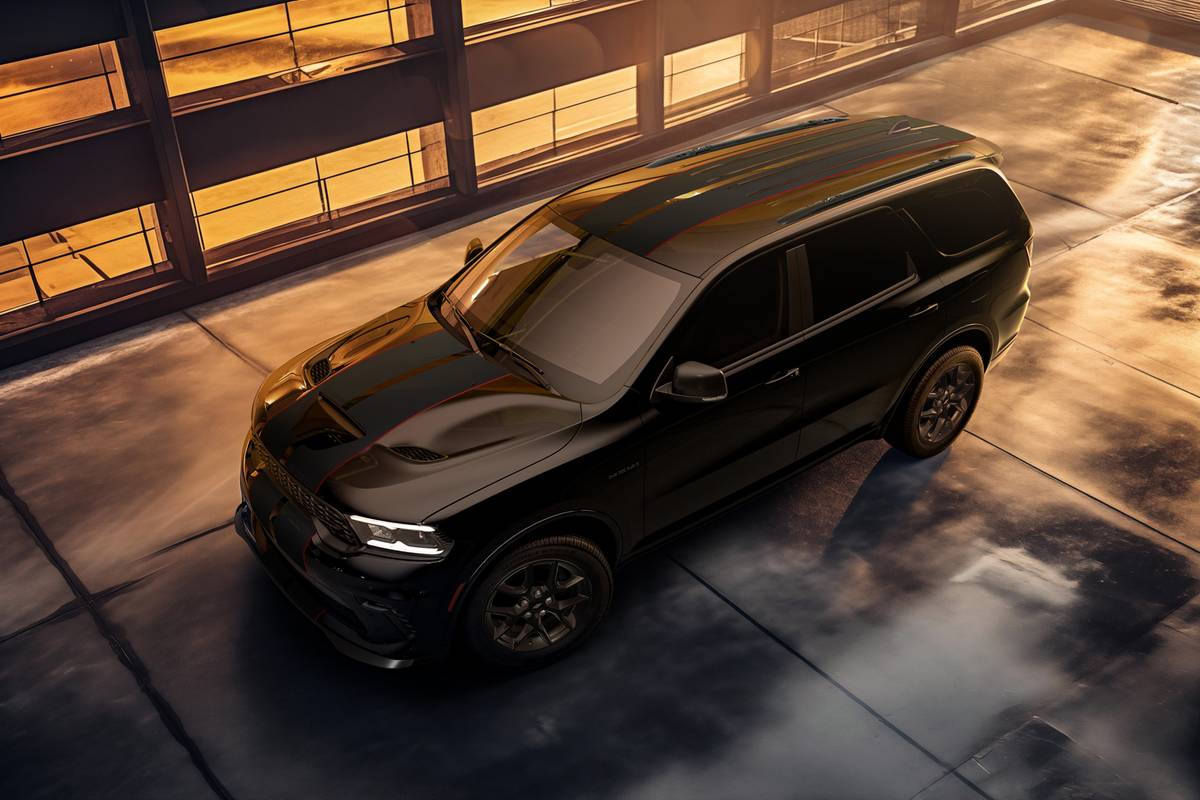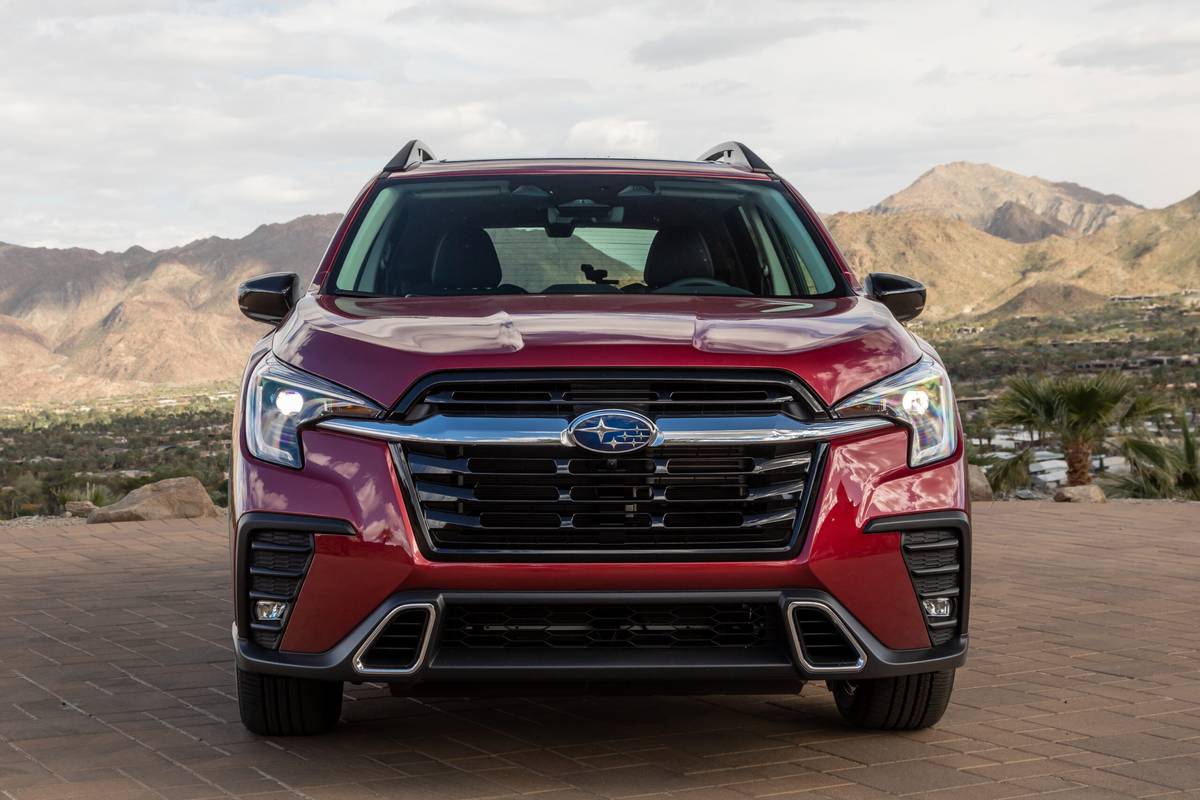The Detroit Newspapers's view
NOVI — To passers-by, it must have looked like we were having one rip-roaring fight last August with Hyundai Motor America executive John Krafcik, after an elegant dinner at Shiro, a popular Japanese restaurant.
Krafcik walked up to the brand-new 2006 Hyundai Azera, the Korean brand’s biggest and most expensive sedan in North America, and slammed the door. Then he did it again. And again.
But there was no anger involved. Krafcik was just trying to prove a point — that Hyundai paid so much attention to detail on the Azera that its engineers even got the “door slam” right. That is, rock-solid, not tinny and cheap.
My introduction last summer to the Azera, which replaces the XG 350 as Hyundai’s U.S. flagship, held a lot of promise. But it wasn’t until I spent a week in a $29,415 Azera Limited in early March that I was sold on the merits of this impressive five-passenger, near-luxury competitor to the Toyota Avalon and Buick LaCrosse.
The Korean manufacturer laced the Azera Limited with such top-of-the-line features as a power rear sunshade, power adjustable pedals and a power tilt/telescope steering wheel. The assembly quality is top drawer — on par with expensive German sedans that I’ve recently tested. And the standard safety features are world-class, including electronic stability and traction control, antilock brakes, side air bags and side curtains, plus active front head restraints.
Add to that the fact that the Azera, like all Hyundais, comes with a five-year/60,000-mile bumper-to-bumper warranty, plus a 10-year/100,000-mile powertrain warranty, and the under-$30,000 price tag looks even more remarkable.
The Azera is on sale now, with prices starting at $24,995, including shipping.
My complaints about the Azera are noteworthy because they are minor and few. The thick rear pillars impede peripheral vision somewhat when changing lanes and parking. The digital display in the center console lights up in a queasy green at night. And I’m not convinced that Azera is a great name for the American market (the car is called Grandeur at home). It sounds too much like the actor Hank Azaria, and I won’t be surprised if some consumers actually mispronounce it like that.
The Azera is a critical vehicle for the company and confirms the growing impression that Hyundai diligently has worked its way into respectability. Ten years ago, I enjoyed test-driving Korean vehicles because they provided me with lots of ammunition for hyper-critical reviews. Now, the company and its products are a force to be reckoned with — and admired for the tremendous strides its made.
Much of my time in the Azera was spent on long commutes on I-94 and I-275, as well as city driving, and the car performed well in all kinds of weather and driving conditions.
The Azera is derived from the mid-size Sonata, building on that vehicle’s solid foundation.
The Azera is equipped with all-independent suspension, including double wishbones in front, a multi-link setup in the rear and gas-pressurized shocks at all four corners. Front and rear stabilizer bars are also fitted.
The Azera exhibits a pleasing combination of agile handling with a supple, controlled ride. The best thing about the Hyundai sedan’s handling is that it is consistent, with no surprises — a must for the older, upscale audience at which the car is aimed. The cabin is very quiet at highway speeds, as much of a luxury cue as the solid “door slam” sound.
The Azera is outfitted with a lively twin-cam 3.8-liter V-6 that generates 263 horsepower. The engine is comparable to Avalon’s 268-horsepower 3.5-liter V-6, and is considerably more potent than the 200-horsepower pushrod 3.8-liter V-6 in the base LaCrosse. Where the Buick comes with a four-speed automatic, the Hyundai — like the Toyota — gets a five-speed automatic. Hyundai adds Tiptronic-style manual shift capability for good measure.
The powertrain feels just right, with smooth shifts and plenty of muscle on tap for freeway merging and passing. Hyundai says the Azera can sprint from zero-60 in 6.5 seconds.
Fuel economy is not as good as you can expect to get in the Toyota, however. The Azera is rated by the EPA at 19 mpg in city driving and 28 mpg on the highway.
The Azera gets high marks for its exterior styling, which is much more contemporary-looking than its predecessor, the stodgy XG 350. If you stripped off the badges, you could easily mistake the Azera for a Japanese offering. It is conservative without being boring. Exterior design cues on the Azera Limited include striking 17-inch, 10-spoke alloy wheels and chrome-tipped dual exhaust.
The two-tone cabin is beautifully finished on the Limited model, with polished dark wood, brushed metal accents and seats swathed in top-stitched, gathered leather. The electroluminescent gauges are lifted right out of the Lexus playbook, and heated front seats are standard. The sedan is equipped with dual-zone climate control, automatic headlamp control and full power accessories.
Unlike the Avalon, the Azera does not have a reclining rear seat, yet there is plenty of head and leg room, front and rear. The rear-seat amenities include a pull-down armrest with built-in cupholders, plus map pockets, air vents, a power outlet and individual reading lights. The trunk is roomy and nicely finished with a cargo net.
My Azera Limited test vehicle, which starts at just over $27,000, came equipped with a $2,500 “ultimate” package that bundled the aforementioned power pedals and tilt/telescope column along with a power sunroof, rain-sensing wipers, power folding side mirrors and a premium Infinity audio system with an in-dash CD changer, 10 speakers and speed-sensing volume control.
One key feature that is not available on the Hyundai is an emergency communications system, like GM’s OnStar, which is available on the LaCrosse. That may be a deal-breaker for some potential buyers, especially women.
The Azera also lacks such cutting-edge features as adaptive headlamps and adaptive cruise control, although given the frantic pace of development at Hyundai, one suspects it may be offered in the not-too-distant future.
Buyers who are encountering the Hyundai brand for the first time — and the Azera in particular — may be forgiven for thinking they’re sitting in a Toyota the first time they slide behind the wheel. And while the Korean manufacturer is still far from a household word, exceptional new products like the Azera should help make American consumers more aware of and confident in the brand and the cars.
Latest news



